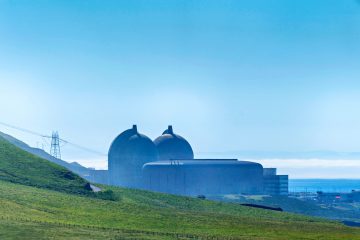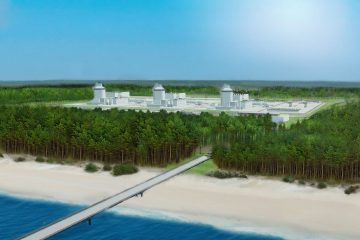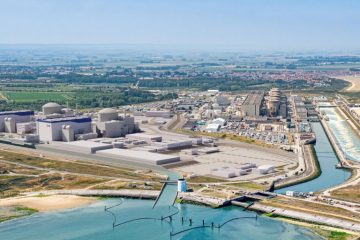A quarter of a century ago, a long-time expert on the scene wrote that dealing with (high-level) radioactive waste "has the well-deserved reputation of being one of the trickiest policy areas facing the US and other countries with nuclear reactors for power generation" [North 1999]. With a few exceptions, this is still true today. However, light at the end of the tunnel can be seen in some places if the signs of the times are recognised: It is a long hike, in steep terrain, with poor visibility and an approximate destination; we need a safe and acceptable site, tolerated by those affected, where a repository can be built, operated and closed within a useful period of time with a clear conscience by a later generation. This article does not show the ideal solution (which does not exist), but rather some criteria and characteristics that have not been considered in the history of "final disposal", but which must be taken into account. Adequate resources are needed: stable structures, competent institutions, learning personnel (from institutions and civil society), mature open discourse and more time than 2031.
Publications
'Future path of nuclear energy' - a rational reset
Based on a critical analysis of the current status and, above all, the forthcoming development of the energy transition as it is currently being pursued in Germany, author Dr Thomas Jobsky comes to the conclusion that, in order to avoid a further-reaching Read more...


